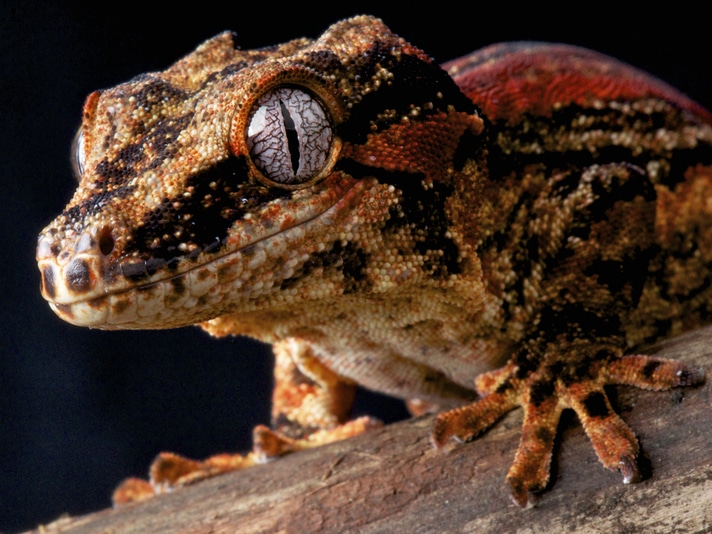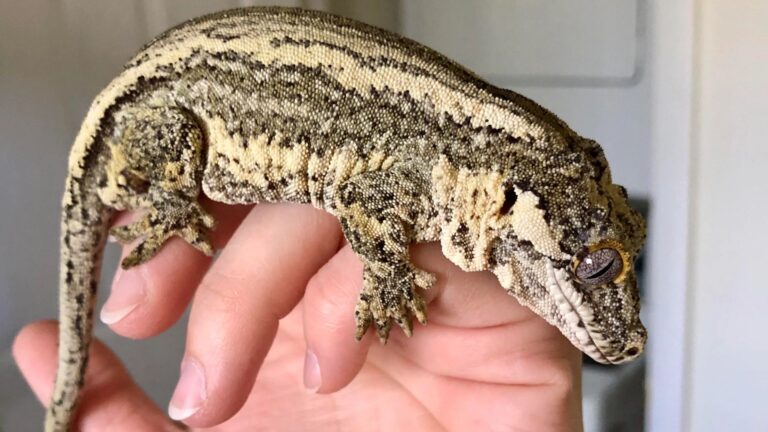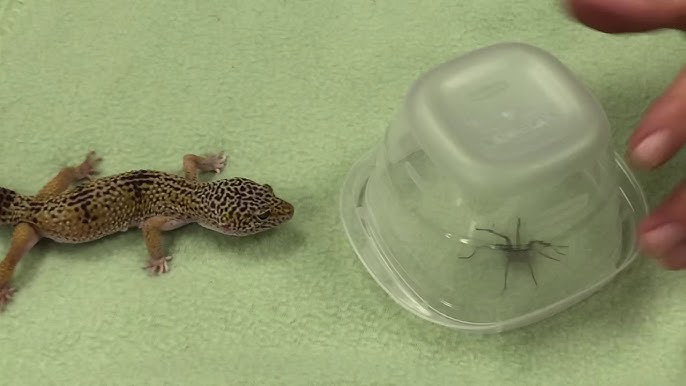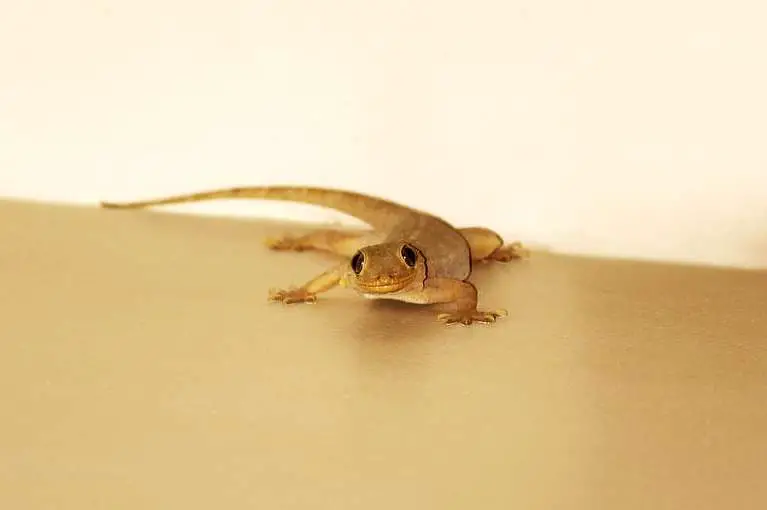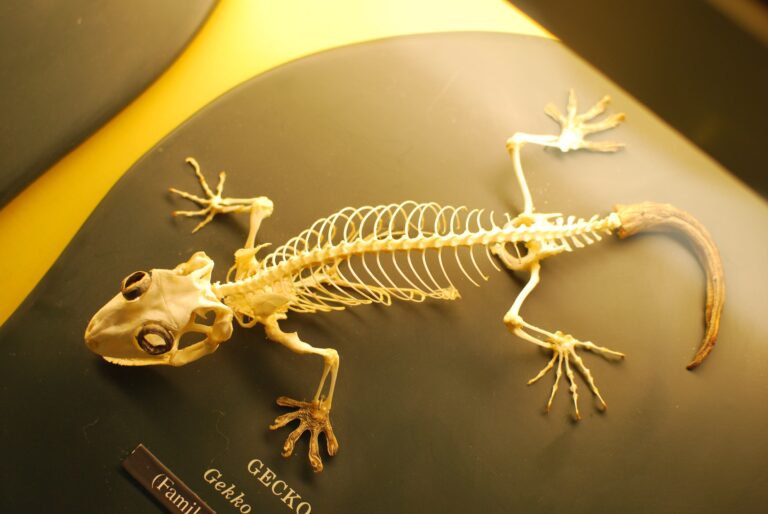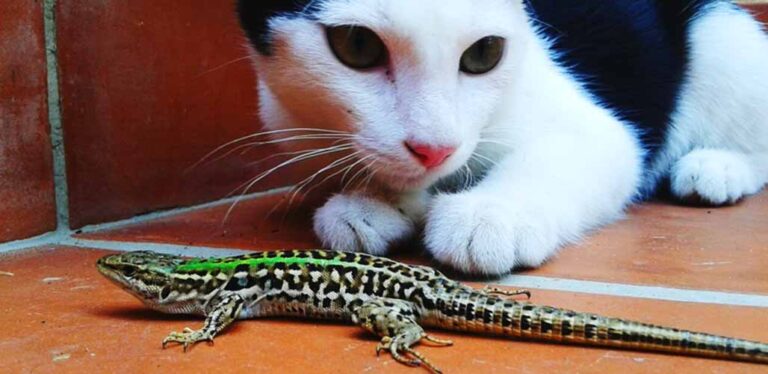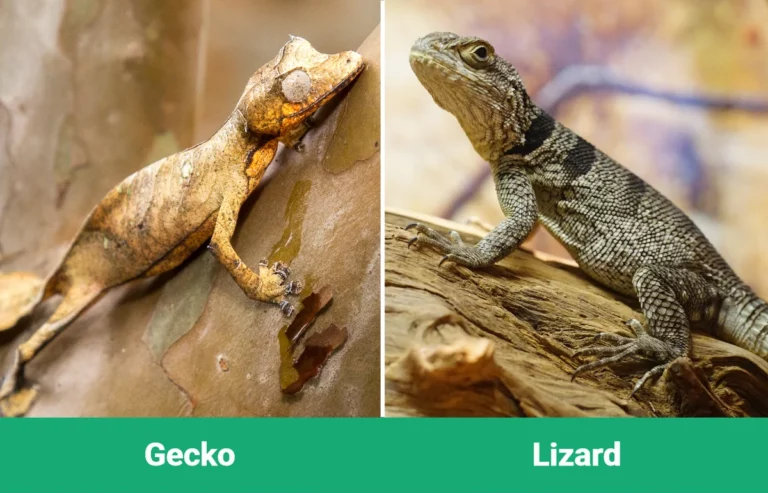Do Gargoyle Geckos Need UVB?
As I stood in the dimly lit room, a soft glow emanated from the enclosure in the corner, casting eerie shadows across the walls. In the heart of this nocturnal realm, a peculiar creature rested atop a branch. Its eyes, like tiny jewels, glittered in the darkness. This enchanting creature was none other than the gargoyle gecko.
My journey into the world of these mesmerizing reptiles began with a single question: “Do gargoyle geckos need UVB lighting?” It was a question that echoed through the reptile community, sparking debates and discussions among passionate enthusiasts. To find the answer, I embarked on a quest to unravel the secrets of these captivating creatures.
Gargoyle geckos can live without UVB, but it’s a good idea to have some. UVB gives them vitamin D, helps them eat better and be more active. So, a little UVB light in their home can keep them healthy and happy.
So, let’s embark on this journey together, shedding light on the enigmatic world of gargoyle geckos.
Behavior and Habitat of Gargoyle Geckos
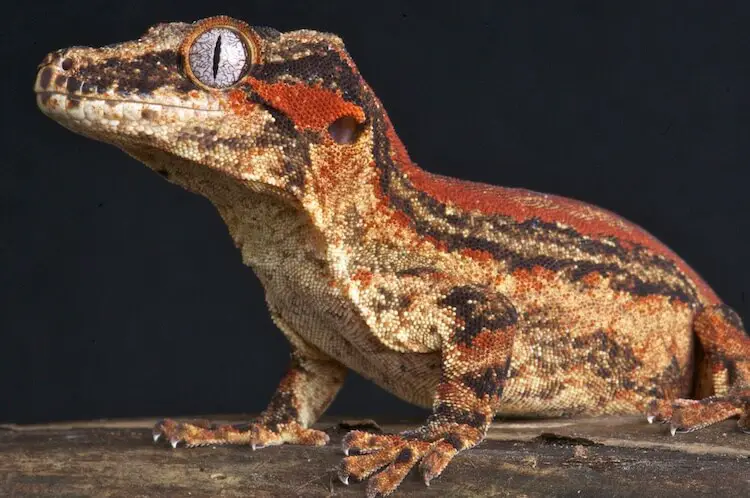
They are fascinating creatures with specific behaviors and habitat needs. They are most active at night (nocturnal) and love climbing on branches. These geckos are friendly and can tolerate handling. They have a cool ability to shed their tails if they’re in danger.
In their natural habitat on islands in the Pacific Ocean, they live in lush forests. To make them happy in captivity, give them a tall enclosure with branches to climb on. To replicate their natural habitat, provide a vertically oriented enclosure with ample climbing opportunities. A 20-gallon tall terrarium is suitable for a single adult gargoyle gecko.
Use coconut coir or cypress mulch for the ground, and keep the temperature around 72-80°F (22-27°C) during the day, with a slight drop at night. They don’t need UVB lighting but enjoy a little. Feed them insects, fruit, and nectar, and add calcium and vitamin D3 supplements to their diet for good health. Understanding their behavior and habitat helps ensure they thrive in your care.
How to set up UVB for Gargoyle Geckos
Materials You’ll Need:
UVB Bulb: Purchase a low-strength UVB bulb designed for reptiles. Choose a linear or compact fluorescent UVB bulb that emits UVB in the range of 2% to 5%. Ensure it fits the fixture you have.
Fixture: Get a fixture to hold the UVB bulb securely above the gecko’s enclosure. There are various types available, including clamp lamps, dome fixtures, or linear fluorescent hoods.
Timer: Invest in a timer to control the lighting schedule. This ensures your gecko receives consistent UVB exposure without you having to manually turn the light on and off each day.
Steps to Set Up UVB Lighting:
Choose the Right Bulb: Select a UVB bulb suitable for your gargoyle gecko’s enclosure size. For most enclosures, a 5.0 or 2.0 UVB bulb should suffice. The 5.0 provides slightly more UVB than the 2.0.
Position the Fixture: Attach the UVB fixture securely above your gecko’s enclosure. Position it so that the UVB bulb is around 6-12 inches (15-30 cm) away from the highest point in the enclosure where your gecko can bask.
Set the Timer: Connect the UVB light to a timer and set it to provide 10-12 hours of UVB exposure each day. This mimics a natural day-night cycle and ensures your gecko receives adequate UVB.
Monitor Temperature: Be mindful of the temperature near the UVB bulb. Ensure it doesn’t get too hot. If needed, use a thermometer to check the temperature, and adjust the distance between the bulb and the basking spot accordingly.
Replace Bulbs Regularly: UVB bulbs degrade over time, so follow the manufacturer’s recommendations for replacement intervals. This ensures your gecko continues to receive effective UVB exposure.
Observe Your Gecko: Pay attention to your gargoyle gecko’s behavior. If it starts basking more frequently or appears more active and alert, these are positive signs that the UVB lighting is benefiting them.
Alternative Lighting Options for Gargoyle Geckos
Low-Light or Ambient Lighting: Gargoyle geckos are active at night, and they don’t require bright lighting in their enclosure. Instead of UVB lighting, you can use low-light or ambient lighting to simulate the dim conditions they prefer. This can include LED moonlight bulbs or low-wattage incandescent bulbs, which provide a subtle glow without disturbing their nocturnal behavior.
Natural Light Exposure: If possible, position the gecko’s enclosure in a location where it can receive some indirect natural light during the day. This can provide a more natural day-night cycle and some exposure to natural UVB, which may be beneficial without the need for artificial UVB lighting.
Selecting the Best UVB Bulbs:
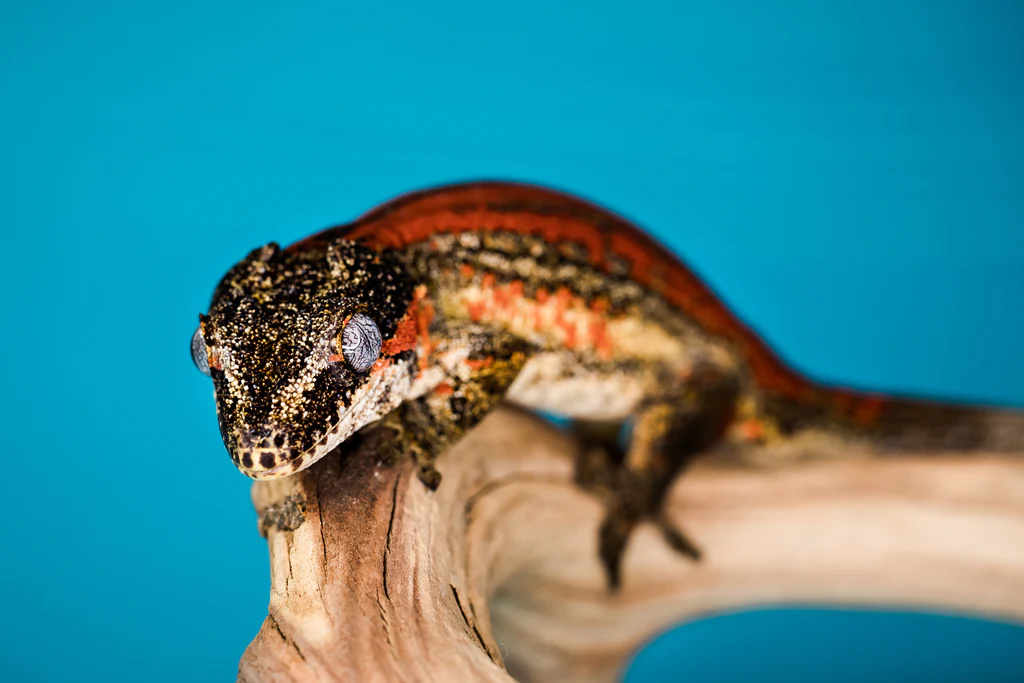
For an 18” x 18” x 24” terrarium, the following UVB bulbs are recommended:
Zoo Med ReptiSun 5.0 Compact Fluorescent, 26w
Using a reflective fixture enhances the effectiveness of the UVB bulb. Position the lamp on the same side of the terrarium as the heat source. Avoid placing the terrarium in front of a window, as glass and plastic block UVB and can cause overheating. Be sure to replace the UVB bulb every 12 months to maintain its effectiveness.
Lighting Schedule:
To simulate seasonal changes in day length, maintain a lighting schedule of 11 hours per day during the winter and 13.5 hours per day during the summer. All lights should be turned off at night to allow for a natural resting period.
Measuring UV Index (UVI):
To ensure your gecko receives appropriate UVB exposure, measure the UVI using a Solarmeter 6.5. Hold the device vertically at the height of the basking surface, with the lens pointing directly up at the lamp. Gargoyle geckos should have a basking UVI between 1.0-2.0, with UVI levels elsewhere in the enclosure being lower. Keep in mind that variables like the density of the terrarium mesh and the specific lamp hood can affect the required lamp-to-basking distance.
By providing suitable UVB lighting, you can ensure the optimal health and well-being of your gargoyle gecko in captivity.
FAQs
What lights do gargoyle geckos need?
Gargoyle geckos benefit from UVB lighting. Low-strength UVB bulbs like Zoo Med ReptiSun 5.0 are suitable.
Does a gargoyle gecko need a heat lamp?
No, Gargoyle geckos typically don’t require a heat lamp unless their enclosure falls below 70°F (21°C) at night. If needed, provide a low-wattage heat source.
Do gargoyle geckos need a basking light?
No, Gargoyle geckos are nocturnal and don’t need a basking light. They prefer dim, ambient lighting.
What do gargoyle geckos like?
Gargoyle geckos enjoy a naturalistic enclosure with vertical space, hiding spots, and branches for climbing. They thrive on a diet of insects, fruit, and nectar.
How often should I hold my gargoyle gecko?
Gargoyle geckos are generally tolerant of handling but prefer limited interaction. Handling them 1-2 times a week for short periods is sufficient.
How often should I mist my gargoyle gecko?
Mist their enclosure daily to maintain humidity levels of 60-80%. Adjust the misting frequency based on the humidity needs of your gecko and its environment.
Final Words
In conclusion, I’ve learned that gargoyle geckos benefit from UVB lighting. While they can live without it, UVB lighting helps them stay healthy by establishing a natural day/night cycle, producing essential vitamin D, boosting their immune system, and aiding digestion.
To ensure their well-being, it’s important to choose the right UVB bulb, set a proper lighting schedule, and monitor the UV Index (UVI) in their enclosure. By providing UVB, we create a happier and healthier environment for our gargoyle geckos, making it well worth the effort.

